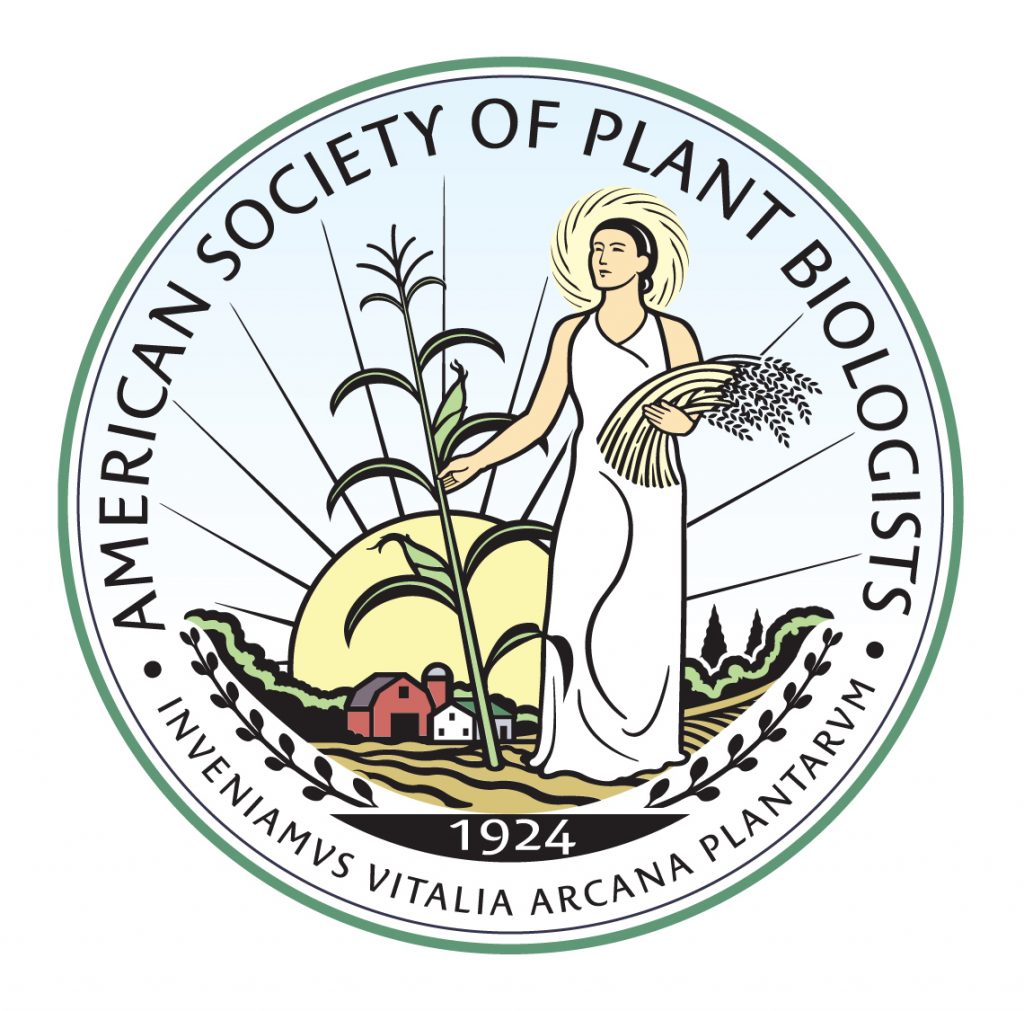
Journey with the ASPP/ASPB
Blog0 Comments
/
Guest Post by By Jane Shen-Miller, University of California, Los Angeles
am grateful to have received the 2018 ASPB Charles-Reid-Barnes Award (CRBA). When President Henry Klee presented me the plaque I wanted to cheer. President Rob Last has now given me that chance.
The first President of the…

Into the Second Century: ASPB 2024
BlogRob Last's Fourth ASPB President's Letter
This continues the mini tradition of publishing the President’s Letter as part of a collection of essays and other resources related to the topic (https://community.plantae.org/...). Please also have a look at the previous two collections on member security…
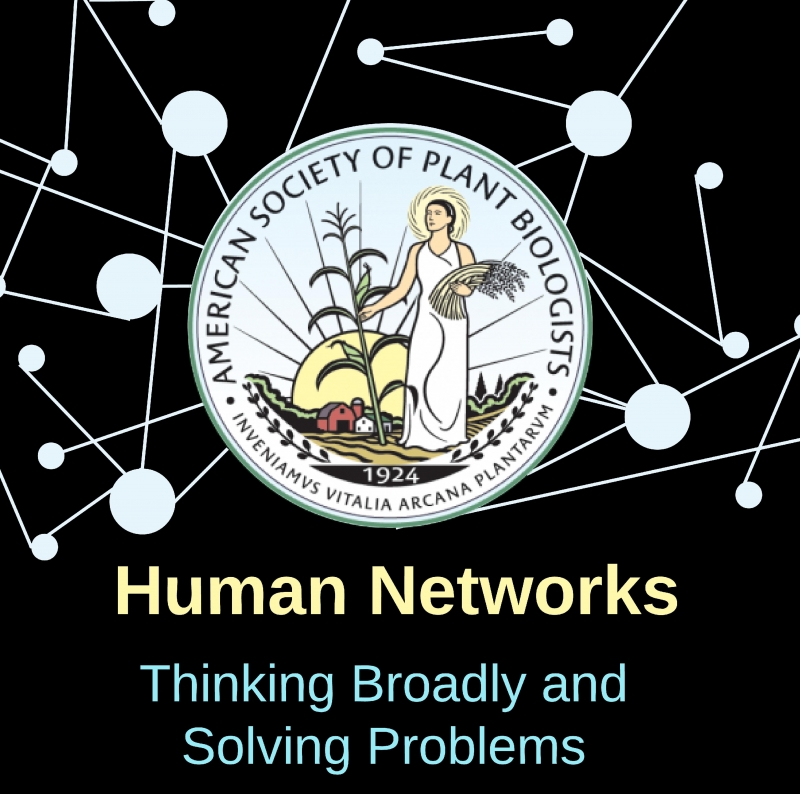
Big Challenges Require Broad Thinking
BlogRob Last's fifth president's letter
This continues the experiment of publishing the President’s Letter as part of a collection of essays and other resources related to the topic (https://community.plantae.org/path/5277540829945137009). Please also have a look at the previous collections on the future…
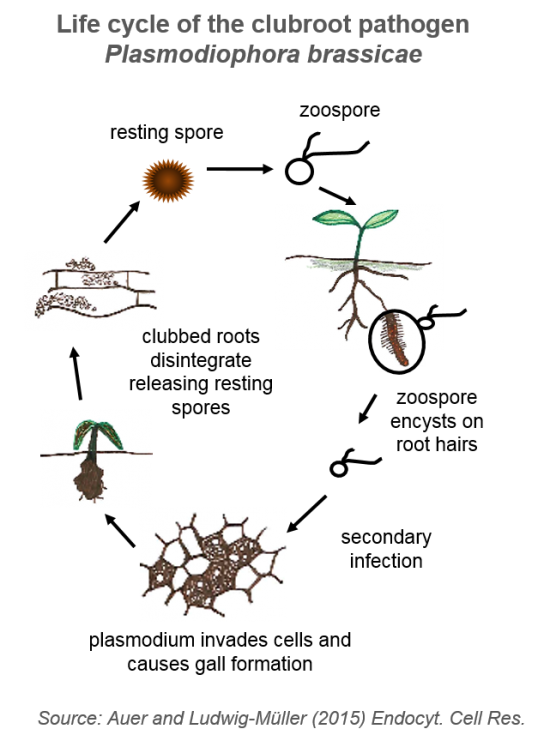
Underrepresented objects in Plant Biology: The clubroot pathogen Plasmodiophora brassicae
BlogWhy we need more experts in clubroot research
Guest post by Susann Auer
Funding for plant disease research is crucial for scientists as it aids in providing necessary resources for resistance breeding and commercial exploitation of results. It also helps to keep the amount of trained experts high…
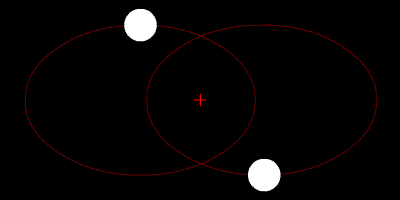
The two-body problem - Perspectives of an early career researcher
BlogGuest Post by Gaurav Moghe
The two-body problem has been a classical mechanics problem in physics since at least Newtonian times. However, the first suggestion of Google’s autocomplete feature is “two-body problem academia”, with at least the first 90+ results being very relevant to the topic.…
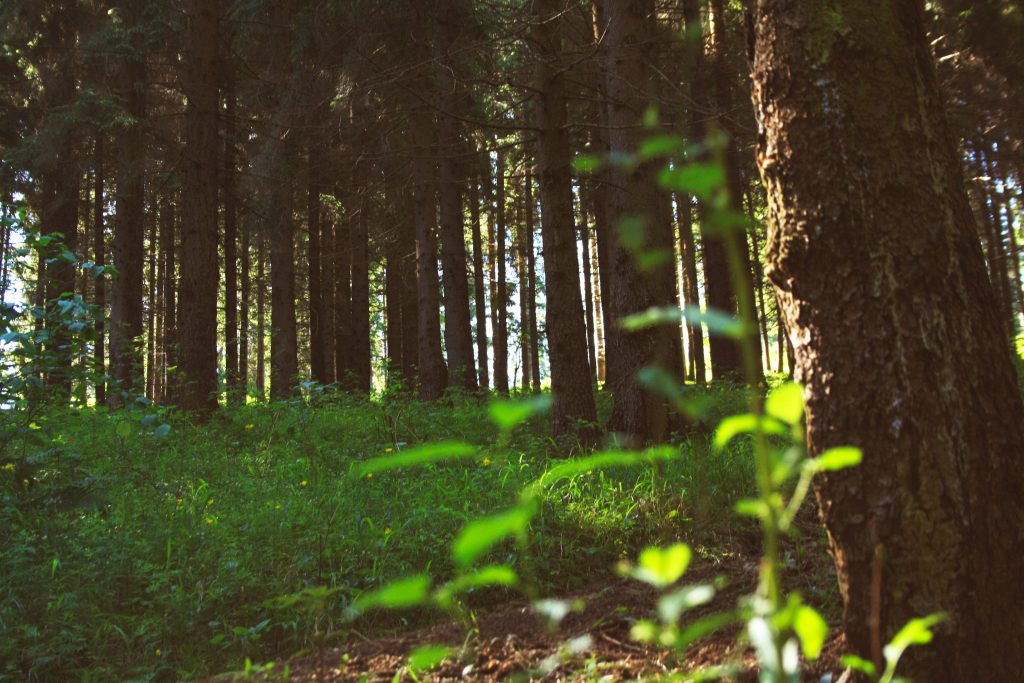
Evolving From a Focus on Mentee to Cultivating a Mentoring Ecosystem
BlogGuest post by Beronda L. Montgomery (@BerondaM)
Note: This contribution is adapted from a blog post original posted at http://www.berondamontgomery.c... on January 20, 2019
Many current “mentoring” programs focus primarily on interventions for those being mentored, i.e., mentees (or sometimes…
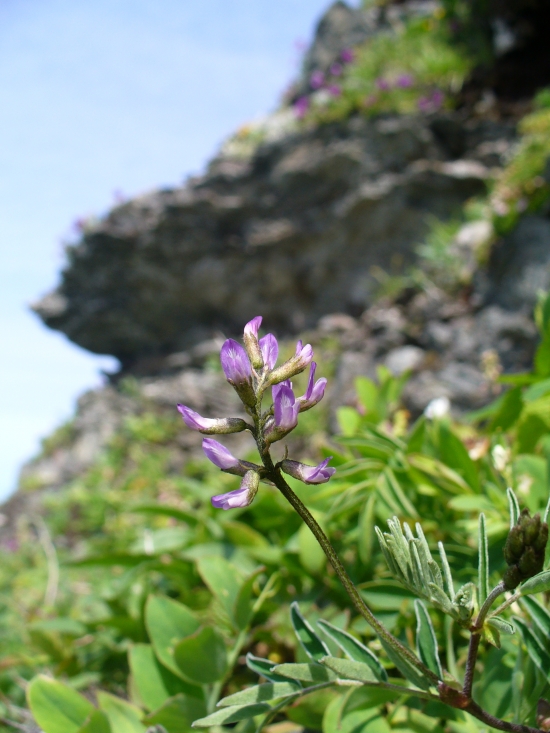
Diverse plants, diversity in botany
BlogGuest post by Paul Sokoloff, Senior Research Assistant, Botany, Canadian Museum of Nature
Astragalus, the milkvetch genus, is a massive group of plants in the pea family that has diversified into over 3000 species, which can be found in various habitats across the northern hemisphere. Its also a…

What if Plant Scientists were as Diverse as the Plants we Study?
BlogGuest post by Jennifer Nemhauser & Elizabeth Haswell
This spring, in collaboration with Joanna Friesner, we launched DiversifyPlantSci (1), an on-line directory of self-nominated plant scientists who share identity with groups that are currently minoritized in STEM fields. Membership now exceeds…
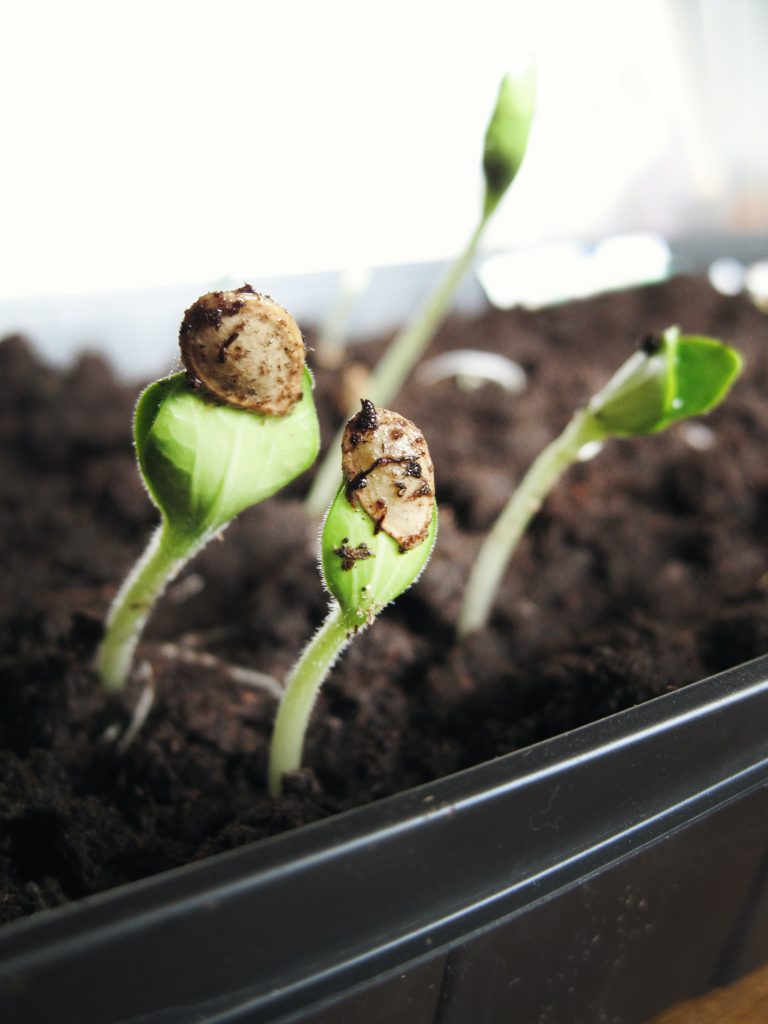
Serving and SURFing at ASPB: Reflections on 35 years with ASPB
BlogGuest post by Jonathan Monroe
ASPB has been a big part of my professional life since I first joined in about 1984 as a graduate student at Cornell. One early memory of attending ASPP (former name) meetings was making posters by spray-mounting printed paper onto colored cardboard and trimming the…

